Building a website can seem like a daunting task, especially if you’re not tech-savvy. But with WordPress, you can transform from a complete beginner to a website wizard in no time! Let’s dive into how you can create a stunning website with WordPress in five easy steps.
Introduction WordPress

What is WordPress?
WordPress is a powerful content management system (CMS) that powers over 40% of all websites on the internet. It’s user-friendly, versatile, and perfect for anyone looking to create a blog, business site, or online store.
Why Choose WordPress for Your Website?
Why WordPress, you ask? Because it’s incredibly flexible and easy to use. Whether you’re a novice or a seasoned developer, WordPress offers tools and features that can cater to all your needs. Plus, it’s free and open-source!
Step 1: Choosing a Domain and Hosting

Selecting the Perfect Domain Name
Your domain name is your website’s address on the internet. It should be unique, easy to remember, and relevant to your brand. Think of it as your online identity. Sites like GoDaddy or Namecheap can help you find the perfect domain.
Reliable Hosting Providers for WordPress
Once you’ve got your domain, you need a place to store your website. This is where hosting comes in. Some popular and reliable hosting providers include Bluehost, SiteGround, and HostGator. Look for hosts that offer one-click WordPress installation for ease.
Must Read: Hosting Reviews 2024: Discover the Best Options for Your Website
Step 2: Installing WordPress
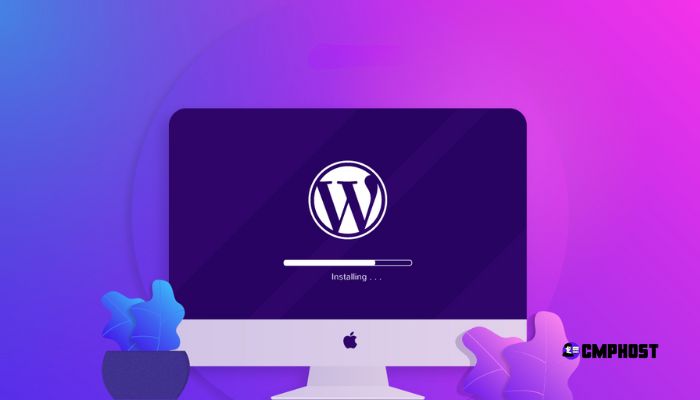
One-Click Installation Process
Most hosting providers offer a one-click installation process for WordPress. It’s as simple as logging into your hosting account, finding the WordPress installer, and following the prompts. In a few minutes, you’ll have WordPress installed and ready to go!
Manual Installation Guide
For those who prefer a hands-on approach, manual installation is also an option. Download WordPress from WordPress.org, upload it to your server using FTP, and follow the setup instructions. This method gives you more control over the installation process.
Step 3: Selecting and Installing a Theme

Free vs. Premium Themes
WordPress themes dictate the look and feel of your website. There are thousands of free themes available in the WordPress repository. However, premium themes often offer more customization options and support. Sites like ThemeForest offer a wide variety of premium themes.
How to Install a WordPress Theme
Installing a theme is a breeze. From your WordPress dashboard, navigate to “Appearance” > “Themes” > “Add New.” You can search for free themes or upload a premium theme. Once installed, activate your theme and watch your website transform.
Step 4: Customizing Your Website
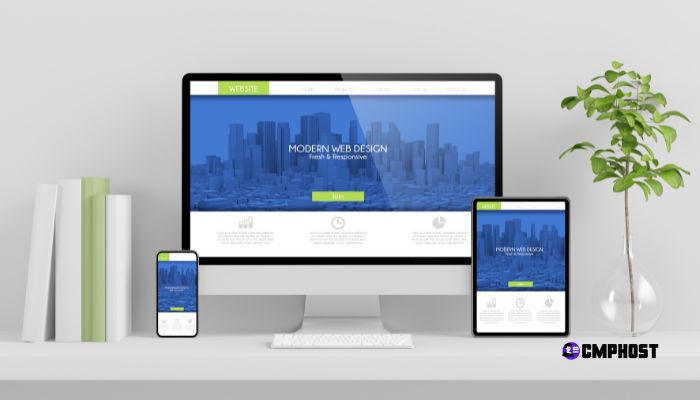
Using the WordPress Customizer
The WordPress Customizer allows you to tweak your site’s appearance without touching any code. You can adjust your site’s title, colors, background, and more. It’s a great way to personalize your site to match your brand.
Adding Widgets and Menus
Widgets add functionality to your site, such as search bars, recent posts, or social media links. Menus help visitors navigate your site. Both can be easily added and customized from the WordPress dashboard.
Step 5: Adding Essential Plugins
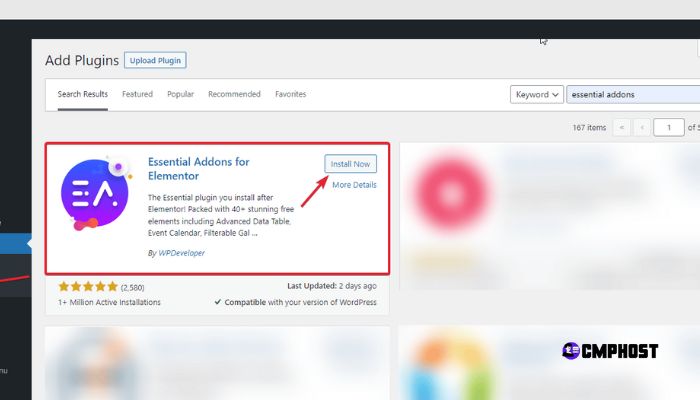
Must-Have Plugins for Every Website
Plugins extend the functionality of WordPress. Some must-have plugins include:
- Yoast SEO: For optimizing your site for search engines.
- Akismet: For spam protection.
- WP Super Cache: To speed up your site.
How to Install and Activate Plugins
To install a plugin, go to “Plugins” > “Add New” in your dashboard. You can search for plugins, install them, and activate them with just a few clicks. Plugins can greatly enhance your site’s performance and user experience.
Also Read: The Definitive Review of 8 Best WordPress Page Builders for 2024!
Creating Content for Your Website

Crafting Engaging Blog Posts
Content is king! Writing engaging blog posts can attract and retain visitors. Use compelling headlines, include images or videos, and provide valuable information to your readers.
Optimizing Pages for SEO
SEO (Search Engine Optimization) is crucial for getting your site noticed. Use keywords strategically, write meta descriptions, and ensure your content is high quality. Tools like Yoast SEO can guide you through the process.
Must Read: Yoast SEO Premium vs Free Plugin: Which Reigns Supreme in 2024?
Ensuring Mobile Responsiveness

Importance of Mobile-Friendly Design
With more people browsing on their phones, having a mobile-friendly site is essential. A responsive design ensures your site looks great on all devices.
Testing Your Site’s Mobile Compatibility
Use tools like Google’s Mobile-Friendly Test to check how your site performs on mobile devices. Make necessary adjustments to improve usability.
You Also Check your website in Mobile Friendly or not Checkout Google Tool Click Here
Optimizing Site Speed
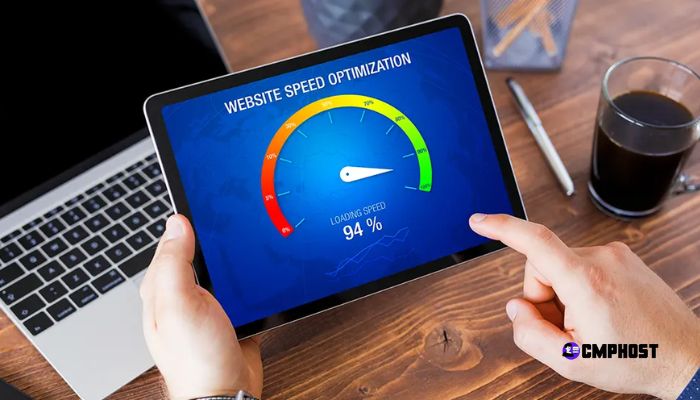
Techniques to Speed Up Your WordPress Site
A slow site can frustrate visitors. Optimize images, use a Content Delivery Network (CDN), and minimize CSS and JavaScript files to boost your site’s speed.
Best Caching Plugins
Caching plugins like WP Super Cache or W3 Total Cache can significantly improve your site’s loading time. They store static versions of your pages, reducing the load on your server.
Securing Your Website

Basic Security Practices
Website security is vital. Regularly update WordPress, use strong passwords, and implement two-factor authentication to protect your site.
Recommended Security Plugins
Plugins like Wordfence and Sucuri offer comprehensive security solutions, including malware scans and firewall protection. They add an extra layer of security to your site.
Setting Up Analytics
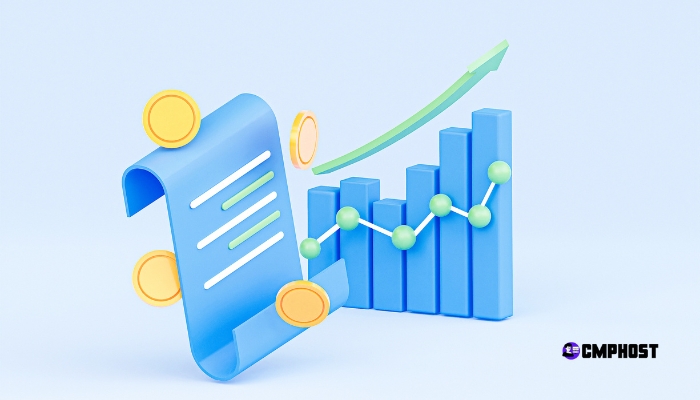
Integrating Google Analytics
Understanding your audience is key. Google Analytics provides valuable insights into your site’s traffic and user behavior. Integrate it with your WordPress site using plugins like MonsterInsights.
Using WordPress Analytics Plugins
Plugins like Jetpack also offer built-in analytics. They’re easy to set up and provide useful data to help you improve your site.
Implementing SEO Strategies
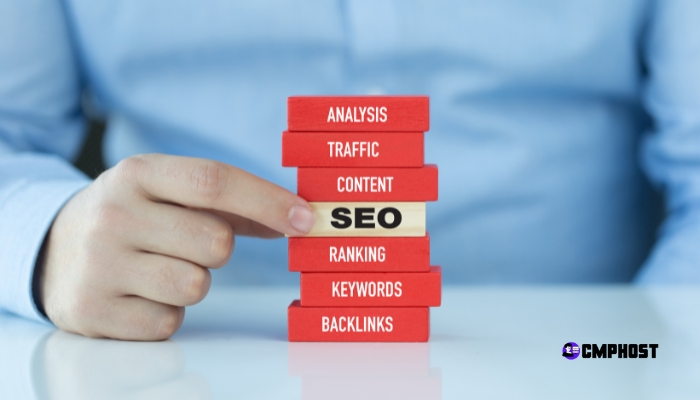
On-Page SEO Tips
On-page SEO involves optimizing individual pages for specific keywords. Use keywords in your titles, headers, and throughout your content. Ensure your URLs are clean and descriptive.
Best SEO Plugins for WordPress
Yoast SEO and All in One SEO Pack are excellent plugins for optimizing your site. They offer comprehensive tools for improving your SEO efforts.
Creating a Backup Plan

Why Backups Are Crucial
Imagine losing all your hard work. Regular backups ensure you can restore your site in case of a disaster.
How to Back Up Your WordPress Site
Plugins like UpdraftPlus allow you to schedule regular backups and store them in the cloud. Always have a recent backup to avoid potential data loss.
Maintaining Your Website
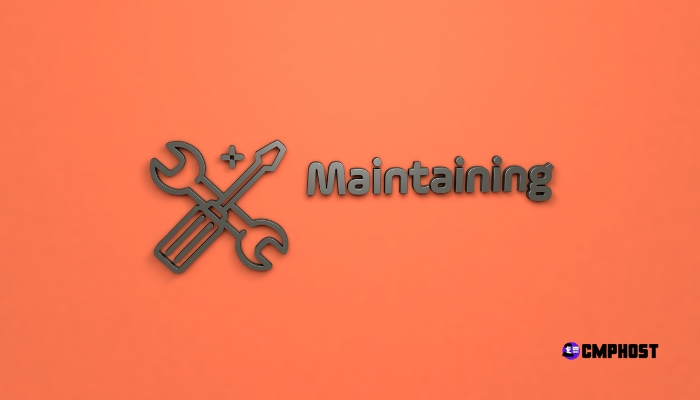
Regular Updates and Maintenance Tasks
WordPress sites require regular maintenance. Keep WordPress, themes, and plugins updated to ensure security and performance.
Monitoring Site Performance
Use tools like Google PageSpeed Insights to monitor and improve your site’s performance. Regular check-ups can help keep your site running smoothly.
Conclusion
Building a stunning website with WordPress is easier than you think. By following these five steps choosing a domain and hosting, installing WordPress, selecting a theme, customizing your site, and adding essential plugins you can create a professional website in no time. So why wait? Start your WordPress journey today and transform from zero to hero!
